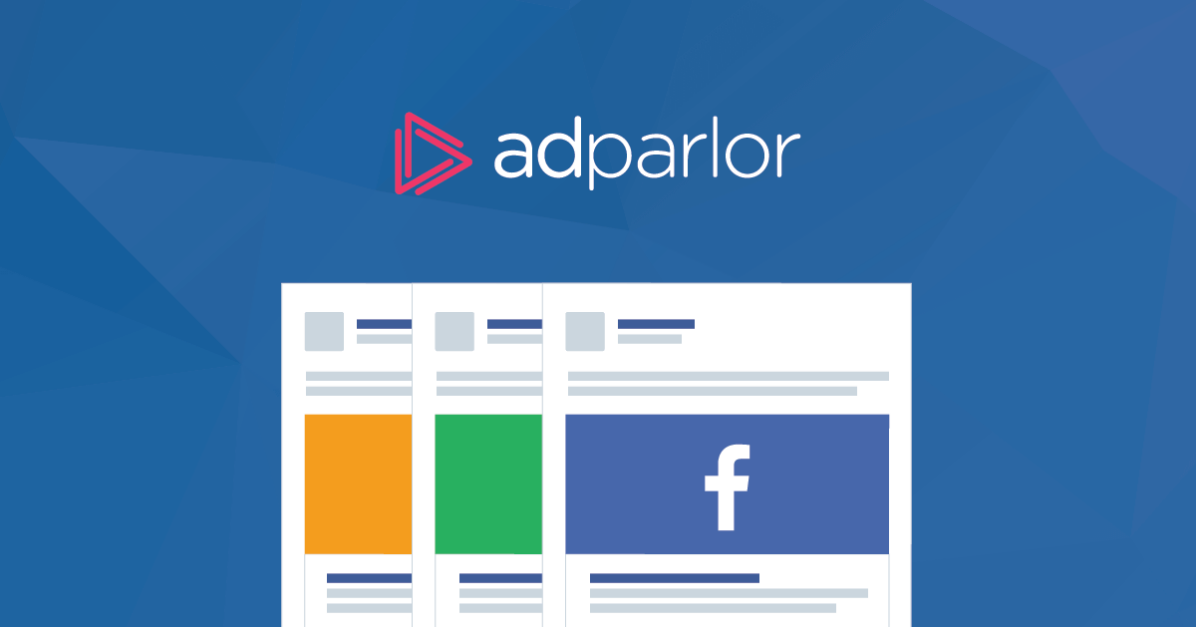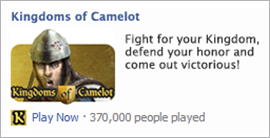Will you be my image? Check yes or no

Alright marketers, let’s state the obvious, Facebook’s one billion users include some of the most valuable consumers and potential customers on the web – BUT – that also ups the challenge of making your brand unique and truly getting your message across to the intended audience.
So what really grabs your target’s attention on Facebook? What makes them get out of their seats and take action? How do you as a marketer ensure your brand is top of mind? According to AllFacebook, the image portion of your ad contributes to roughly 70% of the value of your ad––meaning if your image fails to impress on that first impression you may not get a second chance. We’re often asked about a magic formula for targeting Facebook’s diverse fan base and the simple answer is – there isn’t one. We have, however, learned quite a bit over the years from running successful Facebook ad campaigns for Fortune 500 brands and thought we’d share a few tried and true tips.
1. Size & Space
When it comes to RHC (“Right-hand column”) ads, utilizing the available space is crucial. These ad images are only 110×80 pixels, and the last thing you want to do is waste the image space with text that’s too small to read, or images that are too tiny to see in detail. Using the space to display a visually appealing and relevant image attracts a user’s attention and keeps the experience positive.
In the examples above, the first image uses type that’s too small to be legible and incorporates an image that doesn’t speak to the service. Without carefully reading the ad, the user could think that laptops are being sold, or old ones purchased–– there’s nothing to indicate that the ad is for laptop repair. In the second ad, the image makes effective use of the space, incorporates tools to indicate repair work, and grabs attention with the bright orange exclamation mark. All in all, a much more effective image that will garner more attention, and more clicks.
2. Color Schemes
Facebook offers an array of activities, so getting your ad to “pop” is paramount within the social environment. Thankfully, Facebook’s branding is consistently white and blue. The cool color scheme suggests that images that favor a warm color scheme will pack more of punch. Reds, oranges, yellow and lime greens will draw attention when contrasted against Facebook’s background, but keep in mind that red can sometimes be more harsh, or have negative connotations when used in certain contexts.

3. Logo Use
A common belief among brands is that your logo is instantly recognizable to almost everyone; however using your logo as your solo advertising image could lead to a much smaller impact than expected. Sure, you might attract the attention of users who are already engaged with your brand, but more likely, you’ll get lost in the sea of other more engaging images.
4. Cropping
The way in which you crop a photo defines what the viewer focuses on and how well that image works. Cropping an image closely to create a focal point helps to engage the viewer by displaying detail, emotion or focus, whereas cropping it too far away shows so little detail that it often fails to attract any attention.
Note how the first image doesn’t show the viewer nearly as much emotion and detail as the other. Closer crops provide more detail and clearer, cleaner images which a user is much more likely to connect with.
5. Unconscious Common Sense
I know, I know. We all think that we’re the only ones impervious to subtle unconscious cues in advertising – but we’d be wrong. Those unconscious subtle cues are something worth thinking about when choosing images. The two images below are…. almost identical, give or take a mirror. But there’s a major difference when selecting which one to use for your ad campaign.
So, when choosing images featuring people, pay special attention to the eyeline, or any gestures that might direct the user’s eye. You’ll always want them to go to the RIGHT, in the direction of your ad copy. It’s great if the viewer notices and likes your image, but you need them to read your copy not just see it. Why not help them along a bit?

6. Creativity, Creativity, Creativity.
Can we say it again? Want someone to notice you? Be unique and test creative (there’s that word again) ways to represent your brand within the confines of an 110×80 image. It’s important to keep testing new elements – set and define a trend, don’t copy one.
The above is an example of out-of-the-box thinking. This ad used the white background to create the illusion that the warrior’s helmet is popping out of the frame – definitely a touch of creative flare, and an image that will draw the eye.
Below are a few images that excelled at grabbing the attention of the viewer due to the graphic elements included. These successful ad images all incorporate bright colors, great call-outs, close-crops, starbursts, borders and fun imagery.
7. Take a Different Point of View
Let’s take into account what might pique your users’ interest. What makes your brand (and your images) different from the rest?
As an example, a video game client recently began their campaign using imagery of in-game play very similar to their competitor’s ads. The images looked ok, but didn’t seem to intrigue the viewer enough to encourage a conversion. After assessing the situation and brainstorming solutions, our creative team realized that one of the key selling points to this game was it allowed for live multi-player gameplay. Our client’s competitor’s game on the other hand did not have this feature. We created a new set of images alluding to this by including multiple profile pictures and instructive callout text. By allowing the images to introduce the multi-player feature we were able to grab users attention and drive higher click and conversions rates.
At the end of the day, make every effort to understand your target audience and test creative variations. Our design team is constantly monitoring graphic trends and introducing new concepts to our clients to obtain higher conversion rates and ROI. So take advantage, and make the most of your Facebook advertising budget by choosing the most effective images and make a great first impression – pun intended.

















